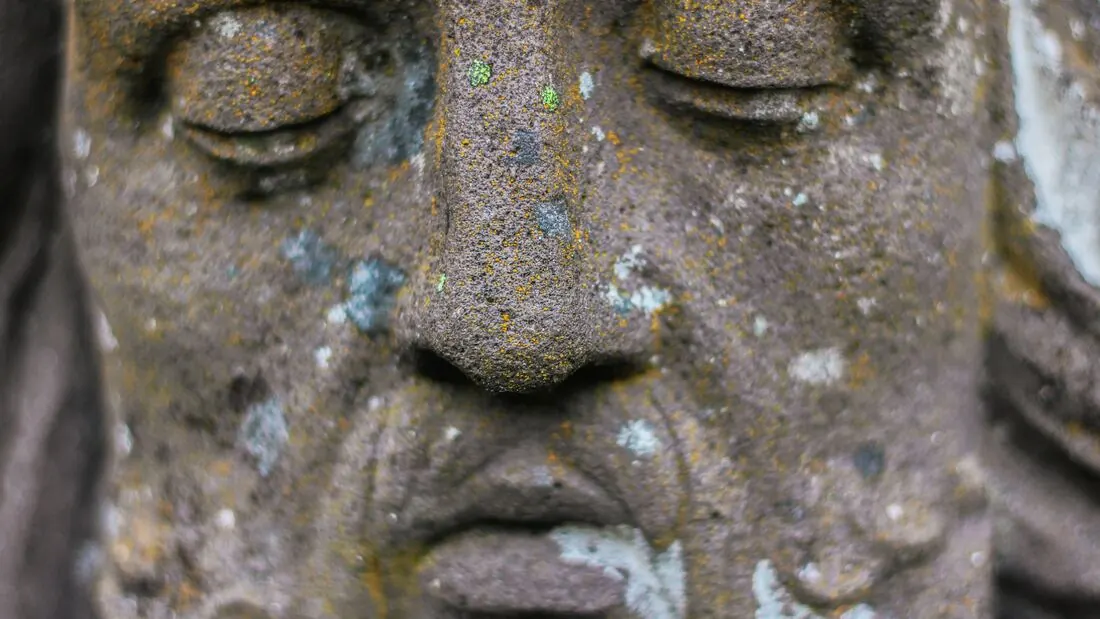A Mystery’s Pivotal Character is The Victim

The Victim Drives Your Mystery
In a traditional mystery, the puzzle pieces the sleuth uncovers are based on the relationship between the victim and the villain. As you construct your story, you reveal the layers of the victim’s life as your sleuth learns more and more about the victim’s world.
The Essential Victim Backstory
Basics you need to know:
- The victim’s relationship to the villain
- The victim’s relationship to each of the suspects
- A broad stroke backstory of the victim’s life that will enrich connections to the characters
- The specific action the victim took to incur the villain’s ultimate strike
- The victim’s world – usually unknown to the sleuth
To add extra depth to your victim, give them a secret and a lie the same way you do for your other mystery characters. Imagine what you can do with what suspects think they know about the victim when they share with your sleuth.
Context and the Victim
As you take your detective and your readers deeper into the story, your detective enters a new world, the victim’s world. As he wanders the victim’s world he gathers bits and pieces of information, meets suspects and in their environment expands his vision of the victim’s world.
You need to know this world, in order to guide your sleuth through discoveries. Sometimes, because the victim’s world is new to him, he makes false assumptions or overlooks clues or mistakes a red herring for a clue.
At various places in your story, you set up clues for the sleuth that reveal the connection between the victim and the villain. Part of the fun of writing your mystery is hiding those clues to baffle your sleuth and keep your reader guessing.
The Base for Your Mystery
When you know about your victim and their world, you can pull from a rich resource to unlock relationships with other characters, hide clues that seem unimportant at the time, and slowly reveal the deep connection between the victim and the villain.
Zara Altair
Photo by DDP on Unsplash


